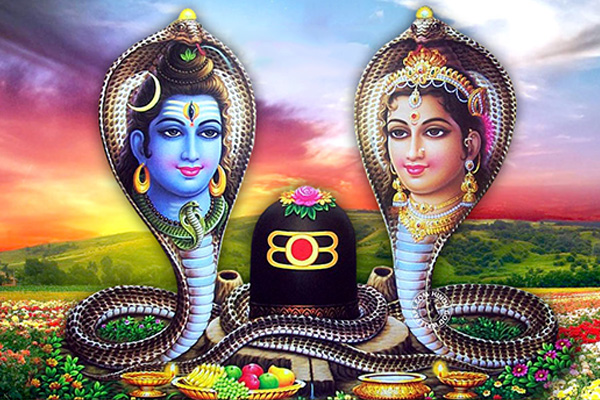Nag Panchami is a traditional Hindu festival celebrated in various parts of India and Nepal. It is dedicated to the worship of Nagas, or serpents, which are considered divine and are revered in Hindu mythology. The festival typically falls on the fifth day of the bright half (Shukla Paksha) of the lunar month of Shravana, which usually occurs in July or August.
Nag Panchami 2024 Tithi
According to the Hindu calendar, the Panchami Tithi of Shukla Paksha of Shravan month will start after midnight of August 08 i.e. on August 09 at 12:37 am. Then this date will end on August 10 at 3:14 am. According to Udayatithi, the festival of Nag Panchami will be celebrated on August 09.
Rare Yoga on Nag Panchami
The festival of Nag Panchami is being celebrated on August 09 in many rare yogas. According to the calculation of the Vedic calendar, this year a rare coincidence has been made after about 500 years. On the day of Nag Panchami, along with Abhijit Muhurta, there will be a combination of Amrit Kaal, Ravi Yoga, Shivavas Yoga, Siddha Yoga, Sadhya Yoga, Bav and Balav with Hasta Nakshatra.
Here are some key aspects of Nag Panchami:
Worship of Serpents
On this day, people offer prayers, milk, and flowers to images or idols of snakes, particularly cobras. In some regions, live snakes are also worshipped, and snake charmers bring them to temples and homes.
Significance
Snakes hold a special place in Hindu mythology. They are associated with various deities, including Lord Shiva, who is often depicted with a snake around his neck, and Lord Vishnu, who rests on the serpent Sheshnag. Worshipping snakes is believed to bring protection from snakebites and other dangers.
Regional Variations
The festival is celebrated differently across regions. In Maharashtra, people draw images of snakes on their doors using red sandalwood paste. In South India, people visit temples dedicated to snake gods, such as the Mannarasala Temple in Kerala.
Cultural Practices
Various cultural and folk activities, including music, dance, and snake-related games also mark Nag Panchami. It is a time for communities to come together and celebrate.
Mythological Stories
Many stories and legends are associated with Nag Panchami, including tales of Lord Krishna subduing the serpent Kaliya and saving the people of Vrindavan, and the story of the marriage of Astika, a Brahmin boy, to the snake goddess Manasa.
Importance of Nag Panchami
Nag Panchami holds deep cultural and religious significance in Hindu tradition. Here are some of the key reasons why the festival is important:
Symbol of Protection and Blessings
Snakes are revered as protectors and are believed to bring good fortune. Worshipping snakes on Nag Panchami is thought to protect from snakebites and other evils. It is a way to seek blessings for the well-being of the family and community.
Connection to Hindu Deities
Snakes are closely associated with several Hindu deities. For example, Lord Shiva is often depicted with a snake around his neck, symbolizing his control over dangerous creatures and his connection to nature. Lord Vishnu is portrayed as resting on the serpent Sheshnag, symbolizing the cosmic balance and the foundation of the universe.
Environmental Awareness
The festival highlights the importance of respecting and protecting all life forms, including snakes. It promotes harmony between humans and nature and encourages people to acknowledge the role of snakes in the ecosystem.
Mythological Significance
Various myths and legends underscore the importance of Nag Panchami. One popular story is about Lord Krishna subduing the venomous serpent Kaliya, saving the people of Vrindavan, and restoring peace. Such stories emphasize the triumph of good over evil and the protective role of divine intervention.
Cultural Heritage
Nag Panchami is a time for communities to unite and celebrate their shared heritage through rituals, music, dance, and other cultural activities. It reinforces cultural identity and the continuity of traditions across generations.
Agricultural Connection
The festival occurs during the monsoon season, a critical time for agriculture in India. Snakes are seen as guardians of the fields, protecting crops from pests. Celebrating Nag Panchami is also a way to pray for a bountiful harvest.
Overall, Nag Panchami is a multifaceted festival that embodies spiritual, cultural, and environmental values, fostering respect for nature and divine powers.

